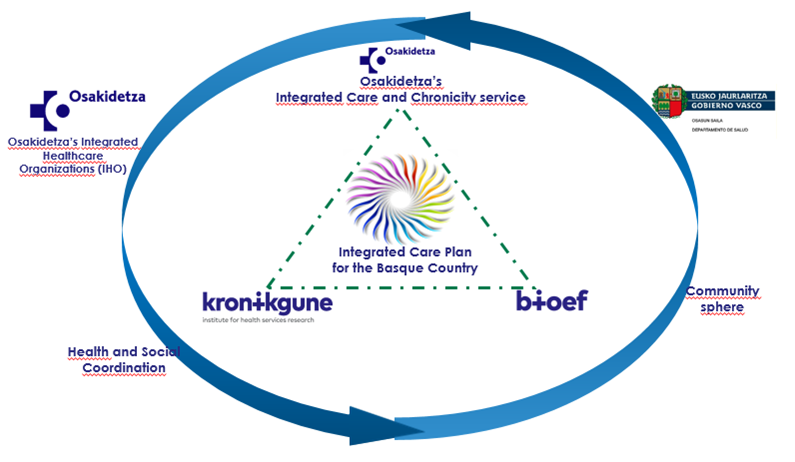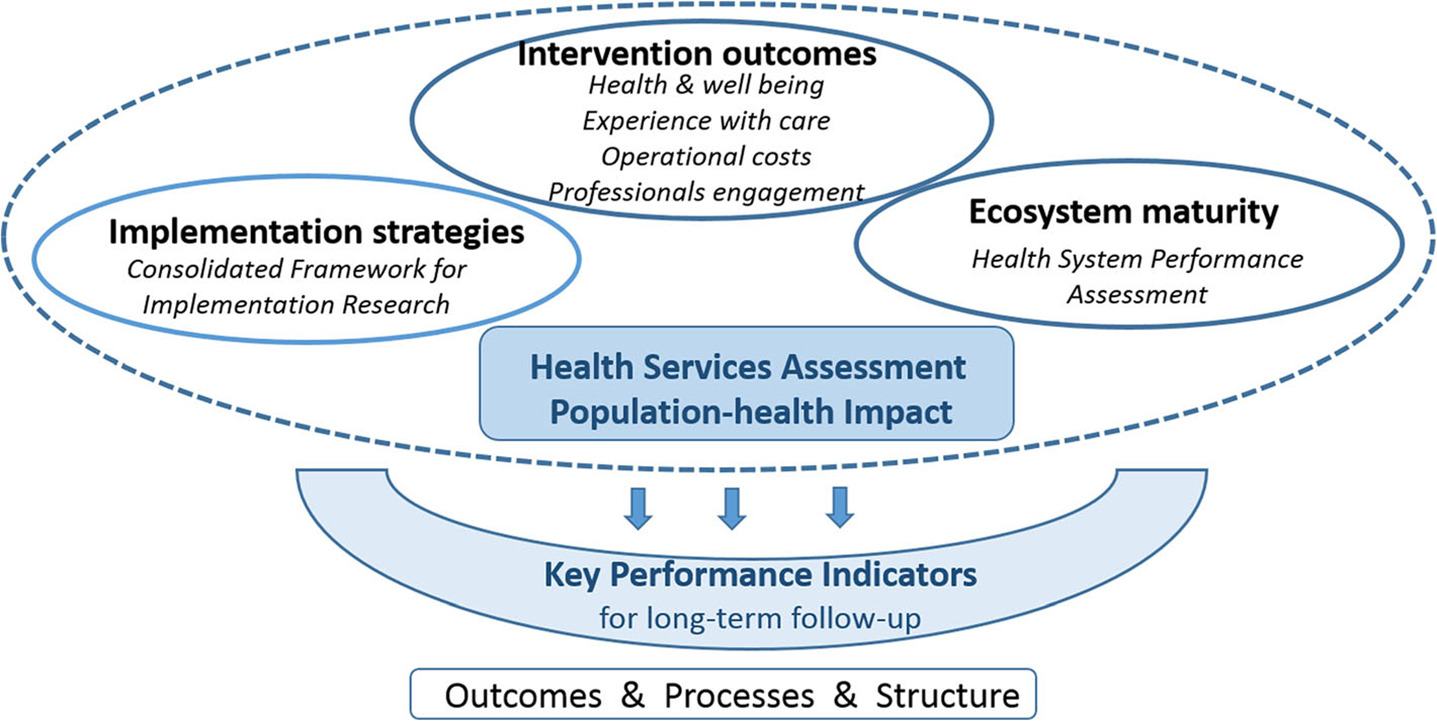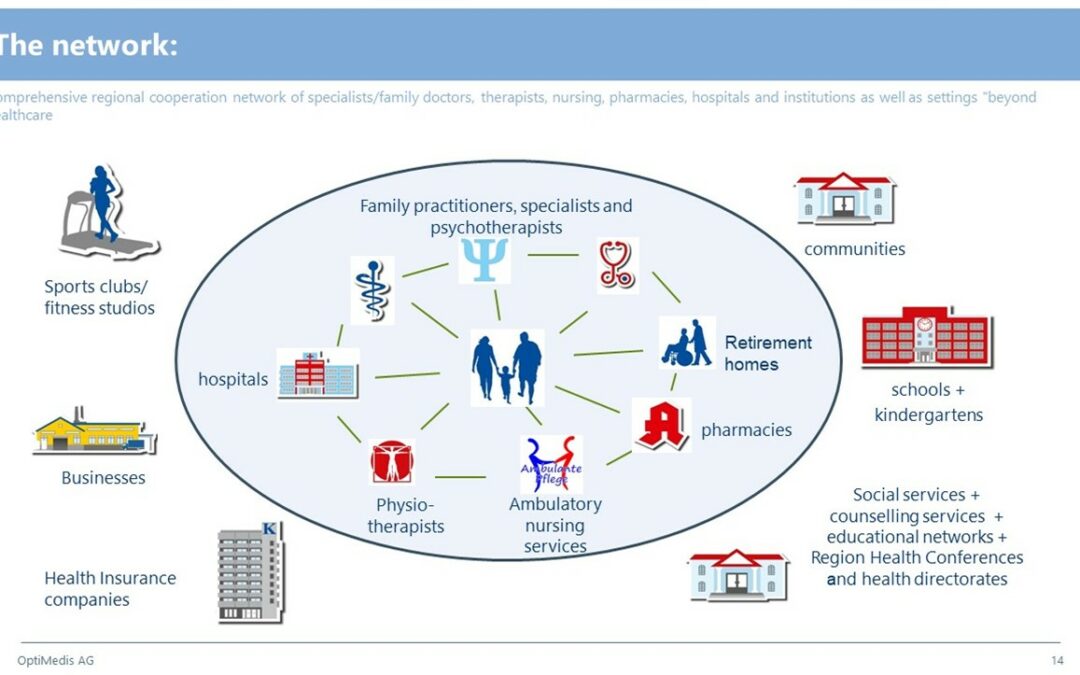In order to support the implementation of JADECARE original Good Practices by Next Adopters, JADECARE Work Package 4 has published a report on general principles of successful implementation of original Good Practices. The milestone 14 report aimed to develop a foundation of a continuously extended and enriched resource supporting Next Adopters in how they successfully implement the four original Good Practices in their local regions.

Network in support of digitally enabled integrated person-centred care in Basque Country
Showing the results of various assessments of the original Good Practices, Next Adopters should better understand some core contextual factors of success in starting implementation. The Report aims to ensure that Next Adopters can facilitate sustainability, even after a long-term period. For those Next Adopters, who intend to use a mix-match approach, the report might be useful, particularly. For this reason, the report includes a set of methods and techniques to obtain the adoption, implementation, and sustainability of the interventions.
- This contains among others the SCIROCCO exchange Maturity Model and the Consolidated Framework for Implementation Research.
- By using the different methods, many perspectives can be considered: socioeconomic, cultural, legal, models and maturity of health system. This consideration is very important due to the fact that different European Health care systems suffer from similar frame conditions. The Report points out the major differences in the field’s drivers, ecosystem, scope, and success factors.
- As a next step, the maturity for a region’s readiness for integrated care was measured based on the Scirocco Tool. This approach allows a region to develop a radar diagram that reveals areas of strength and gaps in capability.
- In order to identify and analyse core characteristics of implementation process of oGPs the Consolidated Framework for Implementation Research (CFIR) is used. It Aims to define key messages and general recommendations for Next Adopters. For example, it has become apparent that a Beveridge system facilitates the interaction with the political level. In contrast, implementation in a Bismarck region is more complex. Specific recommendations have been defined for each oGP, sorted by 5 categories: intervention characteristics, outer setting, inner setting, characteristics of the individuals involved, and the process of implementation.
The report closes with a summary of the core elements of sustainability planning process in the context of the four oGPs and a set of key recommendations for the Next adopters when planning for sustainability of their practices. To enable successful implementation, the report was provided for project partners, oGPs and Next Adopters before the implementation starts. Click here for more details on sustainability related interviews and results.

Network and driving forces in support of digitally enabled integrated person-centred care in Catalonia
